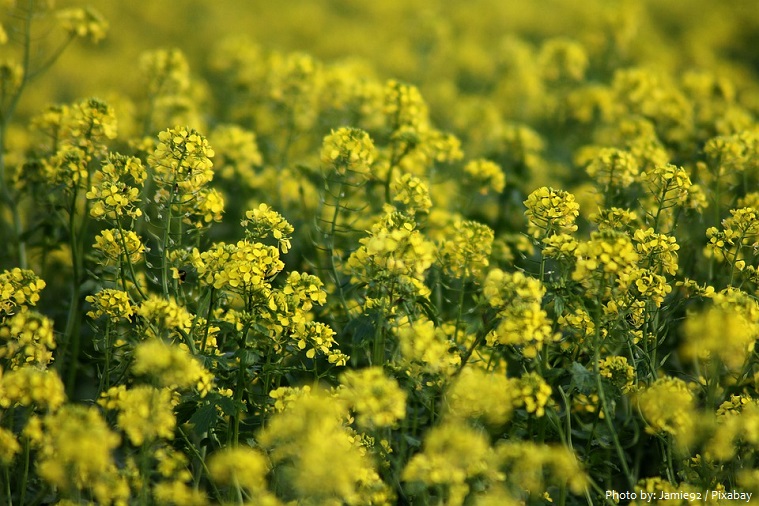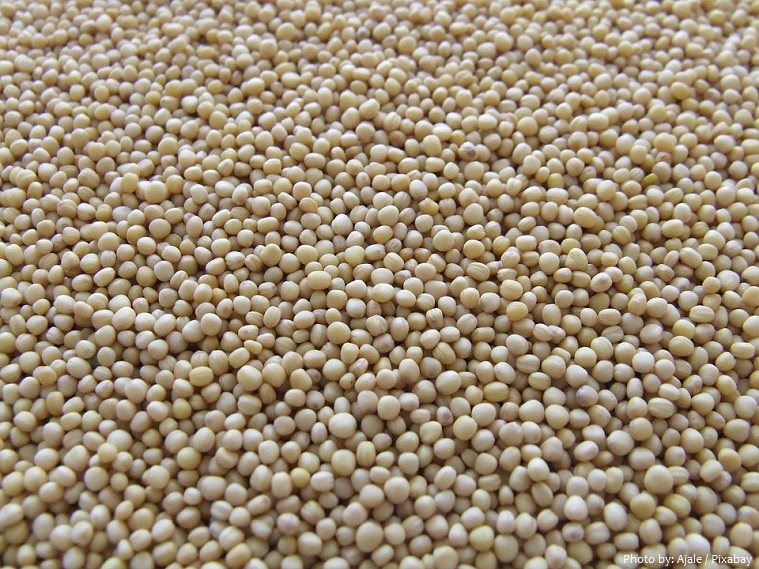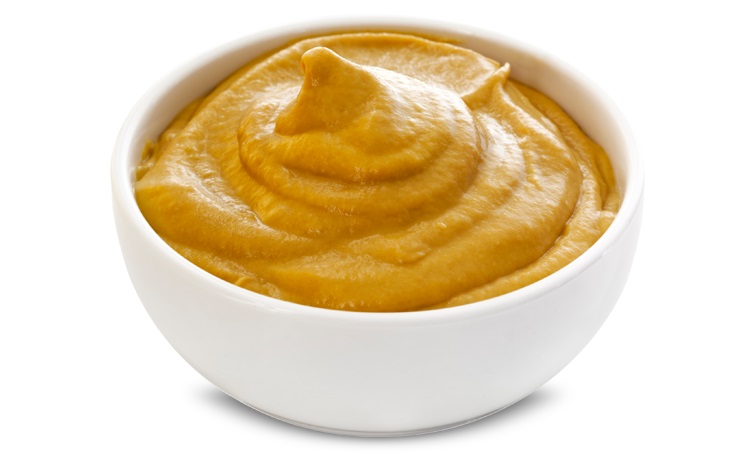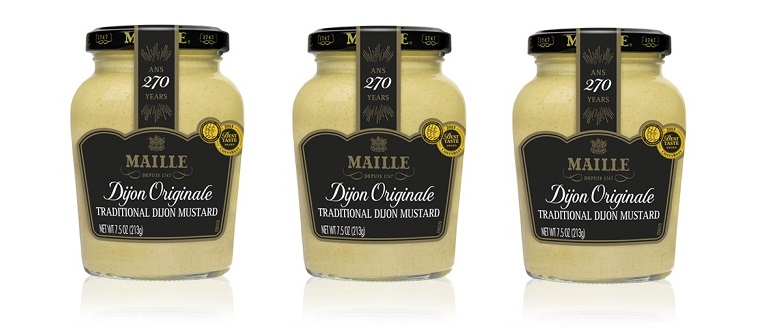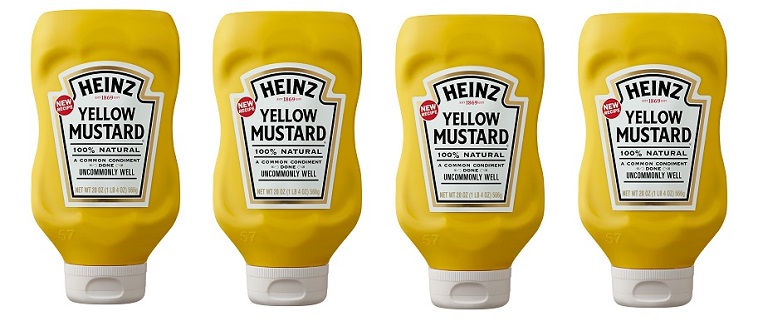Mustard is any of several herbs belonging to the mustard family of plants, Brassicaceae (Cruciferae), or the condiment made from these plants’ pungent seeds.
The principal types of mustard plants are white, or yellow, mustard (Sinapis alba), a plant of Mediterranean origin; brown, or Indian, mustard (Brassica juncea), which is of Himalayan origin; and black mustard (Brassica nigra) native to tropical regions of North Africa, temperate regions of Europe, and parts of Asia.
The plants are grown as spring-sown annual crops whose dry seeds are harvested in early autumn.
The plants reach their full height of 0.8 to 2 metres (2.6 to 6.5 feet) as their flowers fade and after numerous green seedpods appear on their branches. The pods of brown mustard contain up to 20 seeds each, white mustard contain up to 8 seeds and black mustard contain 4 seeds.
The whole, ground, cracked, or bruised mustard seeds are mixed with water, vinegar, lemon juice, wine, or other liquids, salt, and often other flavorings and spices, to create a paste or sauce ranging in color from bright yellow to dark brown.
The taste of mustard ranges from sweet to spicy.
Commonly paired with meats and cheeses, mustard is also added to sandwiches, hamburgers, corn dogs and hot dogs. It is also used as an ingredient in many dressings, glazes, sauces, soups, and marinades.
Mustard is unusual among spices in that it is mainly grown in the temperate regions of the world, principally on the Canadian and U.S. Great Plains, in Hungary and in Britain, and in lesser amounts in other countries.
Archeological excavations in the Indus Valley (Indian Subcontinent) have revealed that mustard was cultivated there. That civilization existed until about 1800 BC.
In the New Testament, the tiny mustard seed is a symbol of faith.
The Romans were probably the first to experiment with the preparation of mustard as a condiment. They mixed unfermented grape juice (the must) with ground mustard seeds (called sinapis) to make “burning must”, mustum ardens — hence “must ard”.
The spice was popular in Europe before the time of the Asian spice trade. It was popular long before pepper.
Mustard seed was used medicinally by Hippocrates, among other ancient physicians.
The early use of mustard as a condiment in England is attested from the year 1390 in the book The Forme of Cury which was written by King Richard II’s master cooks.
Dijon, France, became a recognized center for mustard making by the 13th century. The popularity of mustard in Dijon is evidenced by written accounts of guests consuming 320 litres (84 US gal) of mustard creme in a single sitting at a gala held by the Duke of Burgundy in 1336. Due to its long tradition of mustard making, Dijon is regarded as the mustard capital of the world.
Dijon mustard originated in 1856, when Jean Naigeon of Dijon replaced the usual ingredient of vinegar with verjuice, the acidic “green” juice of unripe grapes. Most mustards from Dijon today contain white wine rather than verjuice.
The use of mustard as a hot dog condiment is said to have been first seen in the US at the 1904 St. Louis World’s Fair, when the bright-yellow French’s mustard was introduced by the R.T. French Company.
The most commonly used mustard in the United States – and tied with Dijon in Canada – is American mustard sold as “yellow mustard” (although most prepared mustards are yellow) and commonly referred to as just “mustard”.
Today, mustard is one of the most popular and widely used spices and condiments in the world. It has been called the third most important spice after salt and pepper.
The most mustard from a bottle drunk in 30 seconds is 865.5 g (30.53 oz), and was achieved by Braxton Dutson (USA) in Salt Lake City, Utah, USA, on 22 September 2018.
The most mustard drunk in 30 seconds from a tube is 416 g (14.7 oz) achieved by Andre Ortolf in Schwarzach, Germany on 5 January 2015.
The fastest time to drink 200 ml of mustard is 11.79 sec and was achieved by André Ortolf (Germany) in Augsburg, Germany, on 8 August 2019.

